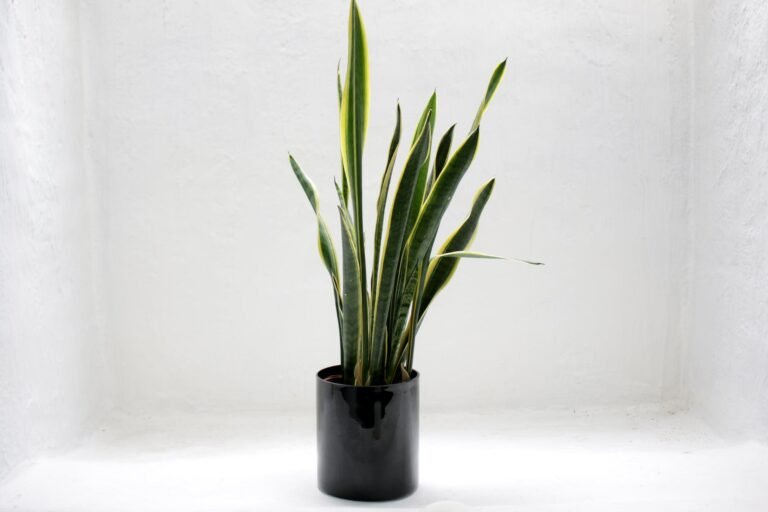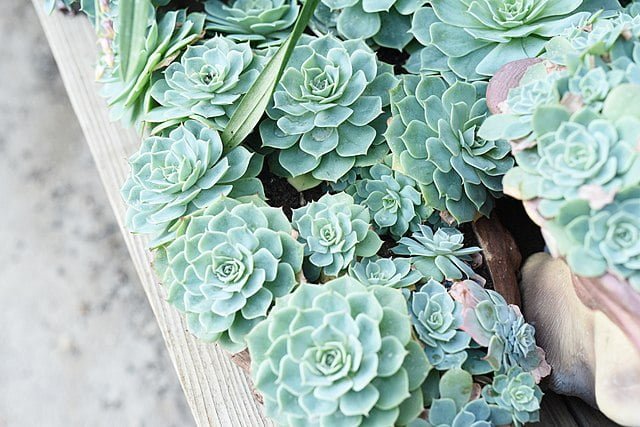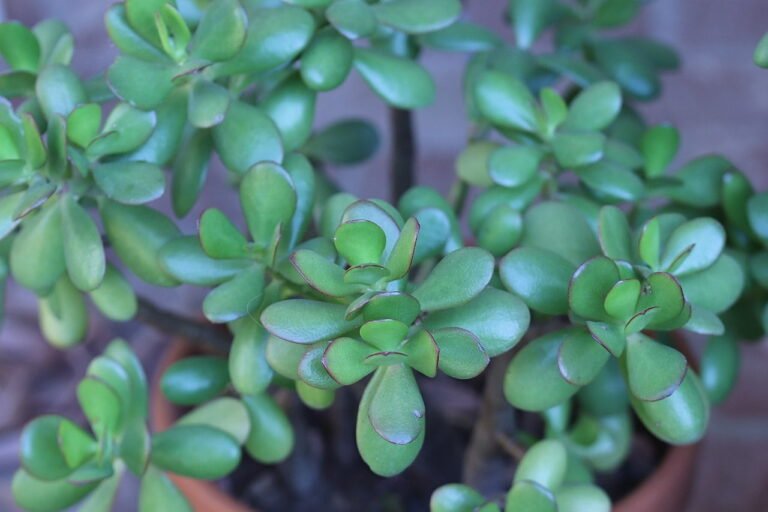Snake Plants: Fighting Dirty Air
Snake plants, known scientifically as Sansevieria, are a staple in homes and offices around the globe, and for good reason. Their striking, upright leaves and resilience make them not only a stylish decor choice but also a plant that forgives the occasional neglect. Whether you’re a seasoned plant parent or new to the greenery game, this comprehensive guide will walk you through everything you need to know about caring for snake plants. Let’s delve into the world of Sansevieria and discover how to make these hardy, air-purifying plants thrive with minimal effort.
Introduction to Snake Plants
Background and Varieties
Originally from West Africa, snake plants are cherished for their architectural shape and air-purifying abilities. They can convert CO2 into oxygen even at night, making them an excellent bedroom companion. With over 70 varieties, ranging from the tall Sansevieria trifasciata ‘Laurentii’ to the compact Sansevieria ‘Hahnii’, there’s a snake plant to suit every space and style.
The Benefits of Snake Plants
- Air Purification: Snake plants are among the top houseplants identified by NASA’s Clean Air Study to purify air by removing toxins such as formaldehyde, xylene, and toluene.
- Low Maintenance: They require minimal water, thrive in low light, and are generally pest-free, making them ideal for busy individuals or those new to plant care.
- Versatility in Decor: Their sleek, vertical lines can complement any interior design, from modern to rustic.
Caring for Your Snake Plant: A Step-by-Step Guide
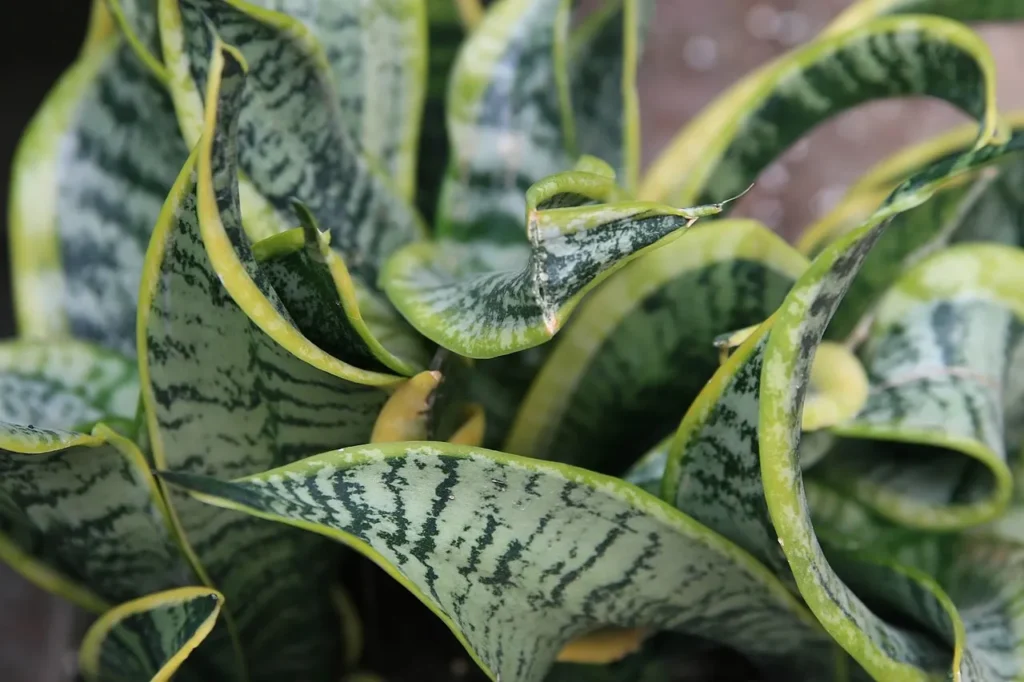
Lighting Needs
Snake plants are famously adaptable but prefer indirect light. They can tolerate low light, making them perfect for less sunny spots in your home, though their growth may slow. Bright, indirect light will encourage faster growth, but direct sunlight can scorch their leaves, so it’s best to avoid placing them in south-facing windows without protection.
Watering Schedule
Overwatering is the fastest way to kill a snake plant. They thrive on neglect, requiring water only when the soil completely dries out. In the winter, reduce watering to once a month or less, depending on your home’s humidity levels. Always use pots with drainage holes to prevent standing water, which can lead to root rot.
Soil and Potting
Use a well-draining potting mix, ideally one formulated for succulents or cacti, to further reduce the risk of overwatering. When potting or repotting (which is infrequently needed), choose a pot only slightly larger than the current one, as snake plants prefer to be root-bound.
Temperature and Humidity
Snake plants are not fussy about temperature or humidity. They prefer temperatures between 55°F and 85°F (13°C to 29°C) and do well in the average home’s humidity levels. However, they are not frost-tolerant, so keep them away from drafty windows in the winter.
Feeding
Feed your snake plant with a general-purpose houseplant fertilizer during the growing season (spring and summer), following the instructions on the label for dilution and frequency. Over-fertilizing can harm the plant, so it’s better to err on the side of caution.
Common Issues and Solutions
- Yellowing Leaves: Often a sign of overwatering. Allow the soil to dry out completely before watering again.
- Soft, Mushy Base or Leaves: Indicates root rot, usually due to overwatering or poor drainage. Remove the affected parts, repot into fresh soil, and adjust your watering habits.
- Pests: Snake plants are resistant to pests, but mealybugs and spider mites can occasionally be a problem. Wipe affected areas with alcohol or use an appropriate insecticide as directed.
Propagation: Sharing the Love
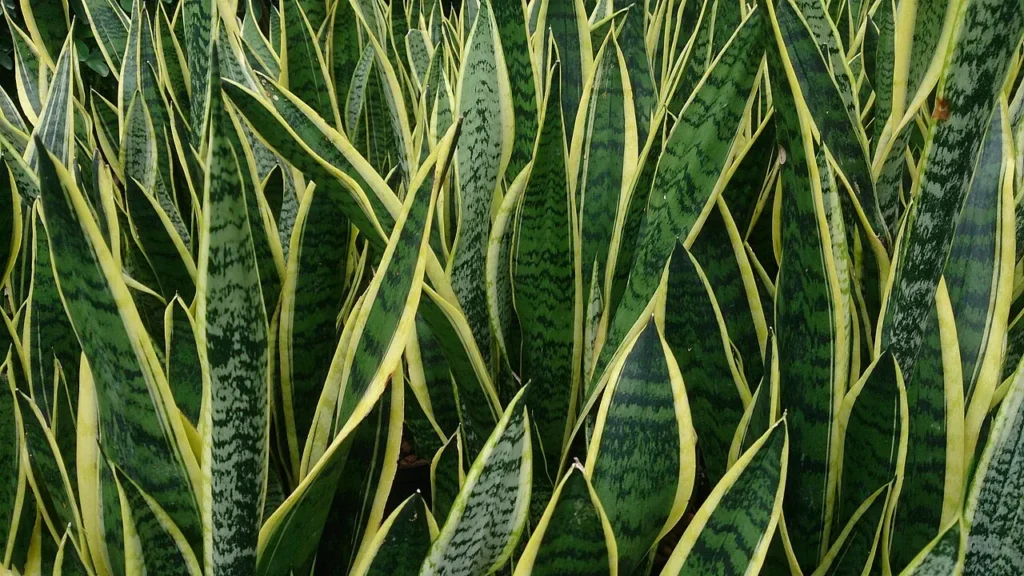
One of the joys of snake plants is how easily they can be propagated. You can share them with friends or expand your own collection by dividing them during repotting or rooting leaf cuttings in water or soil.
Final Thoughts
The snake plant’s combination of aesthetic appeal, air-purifying qualities, and low-maintenance care requirements make it a beloved choice for plant enthusiasts and novices alike. By following this care guide, you can ensure your Sansevieria not only survives but thrives, adding a touch of green elegance to your space for years to come.
Additional Resources
For further reading and resources on caring for snake plants, the following external websites are invaluable. They provide a wealth of information on plant care, troubleshooting, and advanced tips for ensuring your Sansevieria thrives:
- The Spruce – Offers a comprehensive guide on snake plant care, including tips on watering, lighting, and common problems. It’s an excellent starting point for beginners and a good refresher for more experienced plant enthusiasts.
- Gardeners’ World – Provides detailed insights into the different varieties of snake plants, their care requirements, and the benefits they bring to your home environment. It also includes inspirational ideas for incorporating Sansevieria into your interior design.


